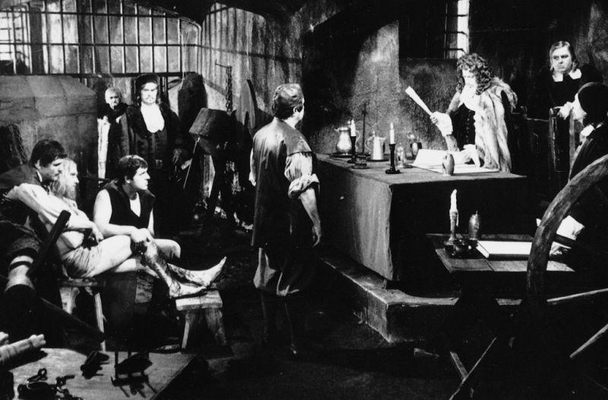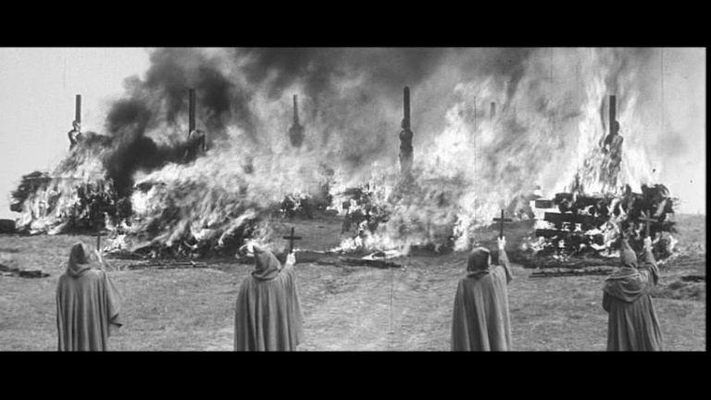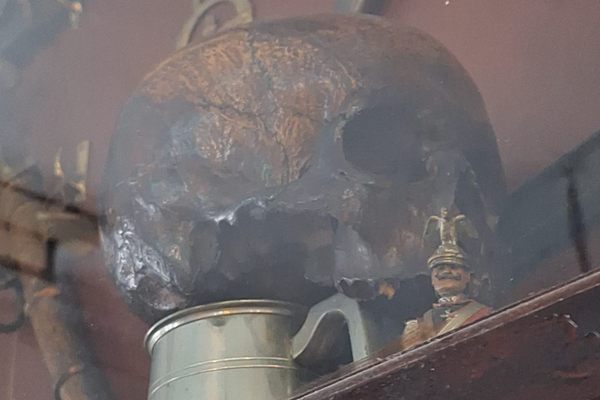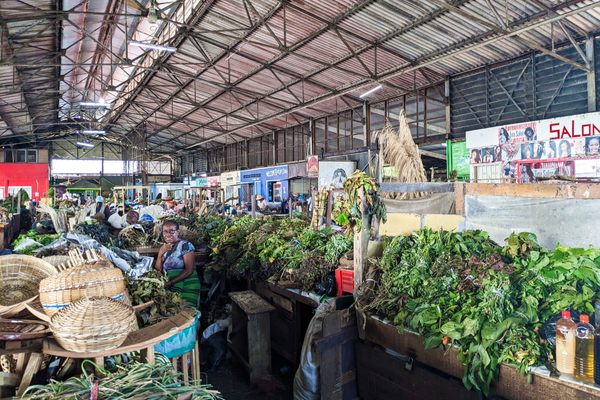About
In 1678 in Northern Moravia, Jindřich František Boblig arrived in the small town of Velké Losiny. It was the start of a horrifying nightmare for the region. Boblig was a witch hunter.
Velké Losiny is a charming place to visit. Located east of Prague, this small town is home to the oldest paper factory in Central Europe, a spa specializing in treating mobility disorders, and a 16th-century château with a collection of antique pistols and an immaculate banquet hall. It also served as home to Boblig, a greedy, maniacal, zealot who would torture, burn, and decapitate nearly a hundred innocent people.
Before the 1400s, witch trials were basically unknown. In the 15th century, Christian thought became increasingly gripped by paranoid doomsday conspiracies. Fueled by the devastation of the Black Plague and the religious wars over the Protestant Reformation, Christianity became fixated on the notion that malignant forces were out to destroy it. Satan lurked everywhere.
Anyone who was not Christian became the enemy. Jews, people with leprosy, homosexuals, and heretics were all hounded. Witches soon moved from the nuisance category to being in league with the devil. Sorcery moved from being a secular offense to a heretical one. Across Europe this shift would mean the death of thousands of innocent men and women. In the Jeseníky Mountain region that death came in the form of Jindřich František Boblig.
The act which started the trials seems ludicrously small from our modern vantage point. In 1678, a young woman named Marie Schuhová hid a single piece of communion bread in her prayer book. She later explained that she wanted to give it to a friend to feed it to her cows so they would produce milk again. After being noticed by the local aristocrat, this small act of unorthodoxy was enough to begin the wheels of judgment turning. A witch commission was formed with Boblig at its head. Within a year Marie, the bread stealer, and three other women had been burned at the stake.
Torture was used to elicit confessions, and these coerced confessions would invariably lead to another suspect. In 1680 another five women were decapitated and burned. Boblig began searching far and wide, burning entire families at the stake. One quick way to find yourself accused of witchery was to suggest that these trials were somehow unjust. When Kryštof Lautner, a local priest beloved for his kindness and tolerance objected, he too was charged with witchcraft and burned at the stake.
Boblig's motivations for the witch hunt are thought to have gone well beyond religious zealotry. As he persecuted wealthier families he was able to confiscate their fortune as his own. Additionally the trials, like many other witch trials, had a psychosexual aspect to them. The interrogations, of which transcripts have survived, were focused on sexual crimes such as incest, orgies, and sleeping with Satan. One of the first steps in an interrogation was to strip the accused witch naked and search her for the mark of the devil. Boblig was an enthusiastic torturer.
From 1678 to 1696 around 100 people were accused and sentenced to death by Boblig. His reign of terror only came to an end with his own death. Boblig died of natural causes and in good standing with the church in 1696.
The Velké Losiny château that housed him is still standing. The château was also used as a filming location for Czech director Otakar Vávra's 1970 masterpiece on the trials, Kladivo na Čarodějnice or Witchhammer. Between watching the film, visiting the château and walking in the surrounding mountains where many of the accused witches met their end, you begin to get a sense of the horror that was visited on the area by Jindřich František Boblig.
Related Tags
Published
April 18, 2016
Sources
- http://film.czechtourism.com/en/film-locations/221-chateau-velke-losiny/
- https://en.wikipedia.org/wiki/Velk%C3%A9_Losiny
- https://cs.wikipedia.org/wiki/Jindřich_František_Boblig_z_Edelstadtu
- https://en.wikipedia.org/wiki/Northern_Moravia_witch_trials
- http://www.czechtourism.com/c/velke-losiny-chateau/
- https://en.wikipedia.org/wiki/Witch_trials_in_the_early_modern_period
- http://www.witchcraftandwitches.com/trials_jesenice.html































